Frequently asked Question
At Mushmore, the complete satisfaction of our customers is our top priority. Check out some of our frequently asked questions below to get the information you’re looking for. Contact us with any other thoughts or questions.cc
Microdosing psychedelics is the practice of taking 1/10th to 1/20th of a full “journey” dose of psychedelics like mushrooms or LSD on a semi-regular schedule in order to experience reported benefits such as increased perception and creativity levels and decreased anxiety and depression.
Unlike a full dose of psychedelics, a microdose is meant to be “sub-perceptual,” or barely noticeable. And so, the aim of a microdose isn’t to achieve a transcendental state or to see your life from a whole new perspective, as is common with higher doses of “shrooms”. Nor are visuals distortions like patterning or trails part of the microdose experience. It’s really more about a slight opening or enhancement of the senses, which translates for many folks into an increased sense of presence in their everyday activities.
Benefits of Microdosing Mushrooms
The reasons people microdose are as varied as the individuals themselves, but there are some overall trends. Many of the people who filled out a survey reported microdosing for some kind of mental health reason, like depression, anxiety, PTSD, bipolar disorder, ADD/ADHD, addiction, and even pain management.
Another common reason folks microdose is for enhanced creativity and focus. For example, a lot of people find they make new connections on microdose days that they wouldn’t normally make. Similarly, many people report that microdosing helps them quiet their mental chatter and focus more deeply on a task at hand, or possibly even enter a “flow state” where they’re so engrossed in an activity they lose track of time.
Finding a flow state is one of the main reasons microdosing is gaining popularity among artists, musicians, writers, programmers, and even athletes who find that the practice helps them get out of their heads and become more embodied in their workouts.
There’s also a growing number of folks who have suffered concussions and other types of traumatic brain injury who are looking to microdosing psychedelics for its potential to stimulate neuroplasticity and overall brain health. Plus, a 2018 study on rat models found that higher doses of psilocybin promote structural and functional neural plasticity, which the authors theorize could be part of how psychedelic-assisted therapy works for depression and related disorders.
Microdoses of mushrooms are tiny, so 0.1 grams (or 100 milligrams) can make a big difference between a sub-perceptual microdose and beginning to trip slightly. When we first heard about microdosing mushrooms and learned that it was about 1/10thof a full dose, they tried 0.35 grams and it was too much for them—too distracting for a work day. That’s because the threshold between a microdose and a low dose is thin, and the exact number for when it’s crossed is different for every individual.
But how do you find that threshold? First of all, it’s important to mention that different strains, species, and even batches of mushrooms vary in strength, so it’s always best to start low and find your personal threshold when testing out a new batch. Secondly, everyone’s biology is slightly different, so what might be a microdose for one person might be way too strong of an experience for another and vice versa. Lastly, different levels of microdoses can produce different effects, which can be better or worse for specific types of activities or obligations.
However, in general, microdoses of mushrooms are somewhere in the range of 0.05 to 0.5 grams of dried mushrooms. For microdosing dried Psilocybe cubensis, like the strain Golden Teachers, many folks find benefit in the 0.1 to 0.25 gram range. What we found and what we’ve heard from a lot of survey participants is that a microdose over 0.25 grams is noticeable, especially the first two hours or so when experiencing a “come-up” that resembles a full dose of mushrooms. For some it feels like my heart starts to beat a bit faster, having butterflies in your stomach, and sometimes that turns into nausea and anxiety, especially if you have a lot of work to get done and focus.
Yet, if some let go of that “come up” feeling and don’t have a lot of obligations, it passes eventually and you start to feel more open and creative. So some may like microdoses in the 0.25 to 0.3 gram range for a day off from work when they can go to the local park with my dogs and come up with ideas.
Generally though, it seems many folks are microdosing around 0.1 grams (100 milligrams) to avoid that come-up feeling and any other distracting effects. In fact, in this dose range, many of the survey participants reported their concentration being increased rather than impaired, comparing the feeling to a strong cup of coffee.
Of course, not everyone looks to microdosing as a productivity hack, and not everyone is as sensitive to the come-up as the handful of survey participants who reported a similar sensation. What we’ve heard from folks seeking depression relief is that they benefit from doses in the 0.2 to 0.3 gram range without any noticeable alterations or distractions to their day-to-day—but again, this is very subjective to the individual, so it’s always best to start low and figure out your own personal, optimal microdose.
Generally, microdosing lasts nearly the same amount of time as a full dose of mushrooms, so somewhere between four and six hours. Interestingly, many folks dont report a specific length of hours when asked how long a microdosed lasted, but instead reported they felt the effects for the entire day. Some even say they continue to feel positive effects into the following day.
As mentioned in the dose section above, one of the most common microdose side effects or disadvantages is when folks accidentally take a little too much. So for some that can mean tripping slightly, like seeing some patterning and swaying visually when you rest your eyes, but for others it can be less about seeing visuals and more about feeling a little too altered to focus on tasks at hand or go about your daily business.
Other common side effects reported in the survey include nausea, anxiety, and jitteriness, especially during the first hour or two when the microdose kicks in. Some report a little trouble winding down for bed and sleeping, especially if they took the microdose in the late afternoon.
A 2019 study found microdosers to score higher on tests of “neuroticism,” meaning participants were experiencing more negative emotions after microdosing. However, the researchers postulate that perhaps this just reflects an overall increase in intensity of emotions—both positive and negative—while microdosing. “It may be that as participants become less distracted (i.e., experience reduced mind wandering) and more absorbed in their immediate experience, they are more able to identify and process negative emotions,” Polito et al. write.
Microdosing Protocols: The Fadiman Protocol or the Stamets Protocol?
A couple of experts have formulated their own protocols to help folks avoid tolerance build up when microdosing mushrooms and other types of psychedelics. The Fadiman Protocol, suggested by James Fadiman, calls for microdosing every fourth day for about six weeks, and so your routine would look something like this:
Day One: Microdose
Day Two: Off day (when a lot of folks still report positive effects)
Day Three: Off day (to get it totally out of your system)
Day Four: Microdose again
Mushroom expert, Paul Stamets, also has developed his own protocol specifically for microdosing Psilocybe cubensis mushrooms. He recommends folks microdose for five days in a row then take two days off. He also recommends combining microdoses of psilocybin containing mushrooms with the supplements Niacin (a form of Vitamin B3) and Lion’s Mane (a non-psychedelic medicinal mushroom).
Do you have additional questions?






